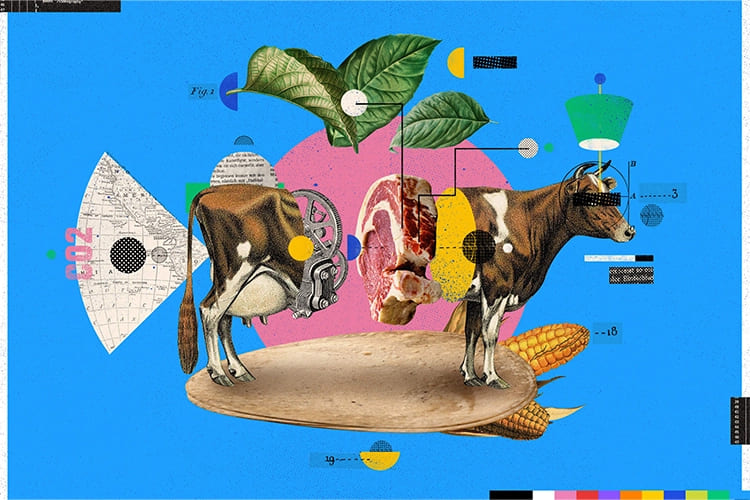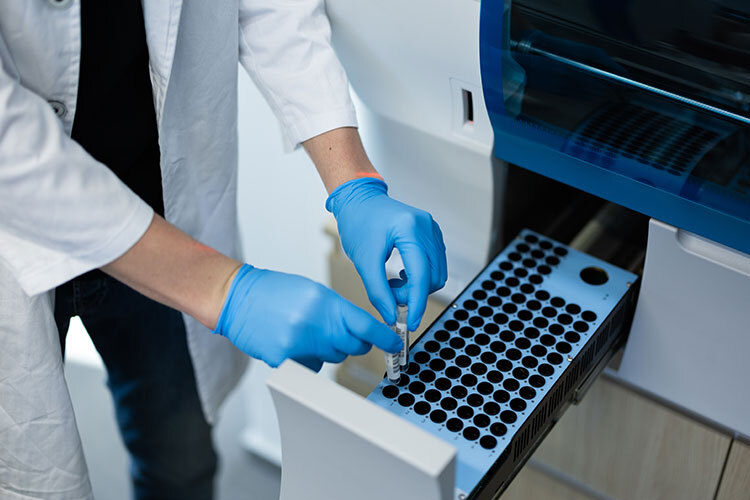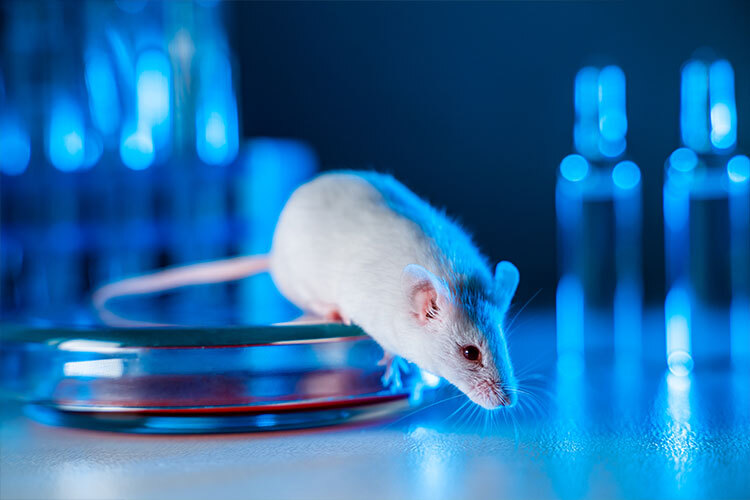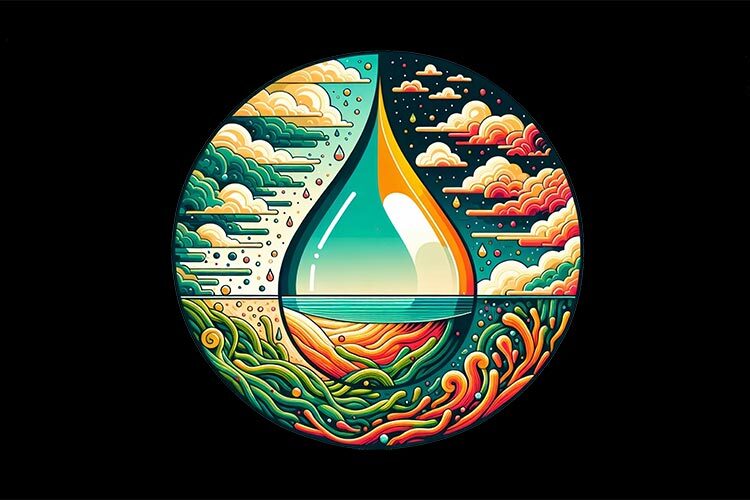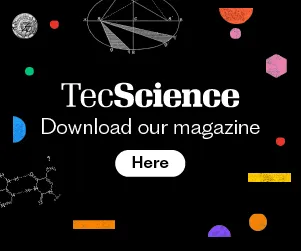At the age of five, Li Lu Lam was having breakfast when she realized something that would stay with her for the rest of her life. She was born in Sonora, the second largest pork-producing state in Mexico. Daughter of a pig’s farmer, she grew up very closely to a massive meat distribution chain. That day, as she looked at her plate, she was suddenly aware of everything that had to happen to get food to her table each morning.
She wanted to continue eating steaks but without sacrificing animals in the process. She dreamed with the possibility of planting a tree that would grow meat. Years later, she found a way to produce meat without killing animals. Her company is a pioneer in cultivating meat in Mexico.
Food of the future: cultivated meat
Li Lu Lam is a biotechnologist who’s working on developing food for future generations. Together with Grissel Trujillo and Mario Álvarez, her fellow researchers at Tecnológico de Monterrey’s School of Engineering and Sciences, she created Forma Foods, a startup looking to develop the “meat of the future.”
The technology used is unique in Mexico. To “design meat,” as Grissel Trujillo puts it, cattle are biopsied and stem cells are isolated from the samples in bioreactors. Then they multiply, structure, and stimulate them so they become skeletal muscle with the same nutrients and taste as meat.
The company is taking its first steps and estimates that it will be able to launch its first meat product within the next few years.
They started by creating plant-based foods −as other companies already do− and now have a hybrid model that fuses these with laboratory meat fibers. “We want to achieve the same structure, fibrousness, and bite resistance,” Lam says.

The meat industry and its impact on the environment
A meat-based food system requires an enormous amount of energy, land, and water resources. Figures from the Food and Agriculture Organization (FAO) of the United Nations indicate that the industry is responsible for generating almost 15% of the world’s greenhouse gas emissions. This also involves high-impact water consumption and is one of the major causes of deforestation due to the expansion of pastures for livestock use.
The stakes in the new industry are high. By generating cultivated meat on a massive scale, the aim is to create a market supply that −to a large extent− reduces CO2 and methane gas emissions, water consumption, the need for deforestation and, of course, the need to raise and slaughter animals.
The problem is that production capacity is still low, so products are very limited and expensive. Israel’s Future Meat and Singapore’s Eat Just are leading the international market.
For Mario Álvarez of Forma Foods, this technology is a giant step forward for Mexico in the race to mitigate the adverse effects of population growth, such as an increase in meat consumption.
“Meat is a very complete food. However, when we look at the numbers and analyze population trends, it’s easy to see that we’re not going to be able to continue consuming meat at the rate we currently are,” he says.
This emerging industry faces huge challenges. The only way to make a major change depends on the ability to create mass production to compete with the traditional industry.
Establishing a truly sustainable process, says Grissel Trujillo, requires aligning production with the use of clean energy and greater care in use of water and generation of gases.
Although the impact this industry may generate will clearly be minor, it will only be measurable once production grows.
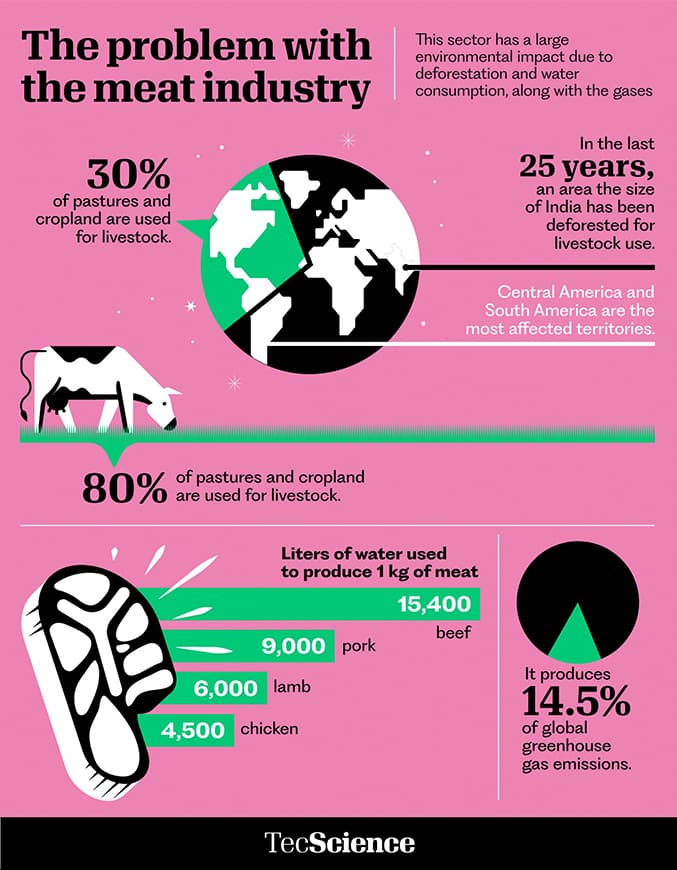
Disease-fighting tortillas
Although synthetic meat will reach the Mexican market relatively soon, making it available to larger consumer could take longer.
According to Sergio Serna, Director of Tec de Monterrey’s Center for Protein Research and Development (CIDPRO), as well as being sustainable, the food of the future must be based on two principles: accessibility and healthiness.
According to the latest poverty measurement report from the National Council for the Evaluation of Social Development Policy (CONEVAL), 22.5% of the Mexican population lacks access to quality, nutritious food.
CIDPRO researchers agree that protein consumption is key to better nutrition. Therefore, its technological efforts are focused on proteins of vegetable origin, such as cereals and legumes, not only because they are high in nutritional value but also because they are affordable to people with fewer economic resources.
In his laboratory, Serna has worked for more than 10 years on a food that is part of Mexico’s culinary identity: the tortilla. The researcher and his group are developing corn selenization techniques through natural processes.
This process −waiting for a patent− is easy to apply. The corn kernels are allowed to germinate with selenium salt and then cooked with water and calcium hydroxide to create the dough that tortillas are made from.
Within the human body, selenium produces glutathione peroxidase, an enzyme whose main function is to protect the body from the effects of degeneration and to counteract oxidative stress.
Serna designed the method to be simple so that any tortillería in Mexico can implement it, even those with rudimentary technology.
The average Mexican consumes about six tortillas a day. Serna says that converting such a basic food into a new-generation protein not only ensures that it will be accessible to all but also helps prevent diseases such as diabetes, hypertension, and other disorders such as hypercholesterolemia, a defect that makes the body unable to eliminate bad cholesterol.
Like those at CIDPRO, researchers at the Tec’s Institute for Obesity Research see plant proteins as an opportunity to improve people’s health.
In a situation with finite resources, making the most of the vegetable harvest is crucial, explains Daniel Jacobo, who holds a Ph.D. in food science and technology.
Jacobo’s team is working on transforming organic waste from the food industry, especially from fruits, vegetables, and greens.
After harvesting carrots and broccoli, for example, researchers apply cutting stress by grating them, which induces the accumulation of phenolic compounds that protect against cardiovascular diseases.
Jacobo explains that the process makes the vegetable begin to release antioxidants that can be transformed in the laboratory into nutraceutical ingredients, which are nutritional products with pharmacological properties.

Difficult solutions
Although diets based on vegetable protein consumption are the best option for lessening the impacts of traditional meat production, the reality is something quite different.
For example, pork consumption increased 18% over the previous month in January 2022, according to official data, with the trend continuing upward for the rest of the year. Then it is essential to offer consumers alternatives that allow them to continue consuming meat in a sustainable manner, as is the case with Forma Foods.
Ramírez explains that contrary to popular belief, malnutrition in the world is not the result of a lack of food but of unfair and inefficient distribution.
“It’s a shame that so many environmental resources are used for production and are wasted through carelessness during the transportation, storage, and preparation processes,” adds Cristina Chuck-Hernández, co-founder of CIDPRO, who explains that difficult decisions need to be made so that all people can have sustainably produced food that is accessible and healthy.
On the one hand, consumers need to start modifying their habits, prioritizing their health, and avoiding excessive consumption.
On the other hand, companies need to stop prioritizing economic profit over public health. Above all, the government must provide an economic boost to the food sector and regulate it, guaranteeing decent food as a universal right.
“Will this be easy? Of course not,” concludes Cristina Chuck, “We ran out of easy solutions a long time ago.
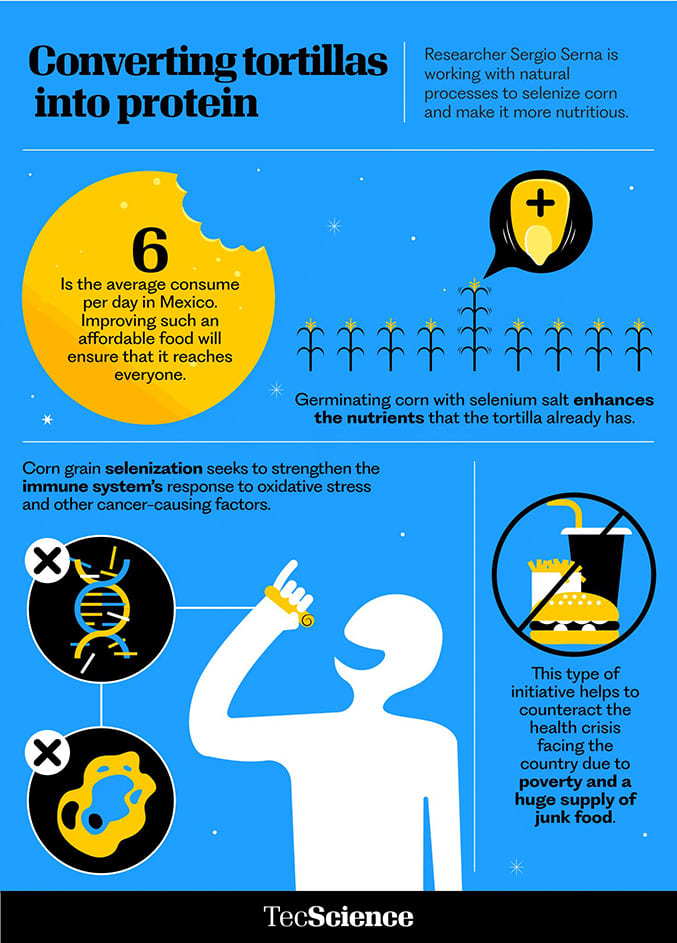
Infographics design: Oldemar González / TecScience
